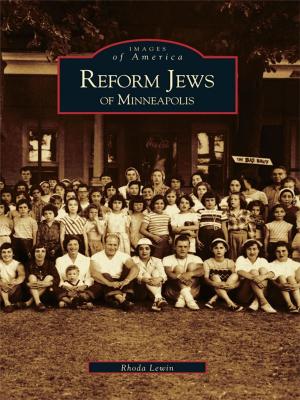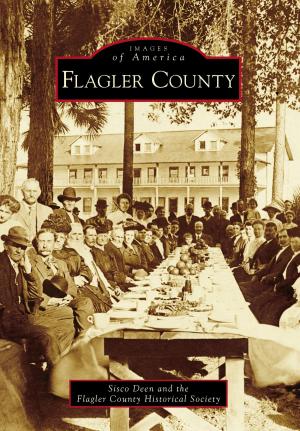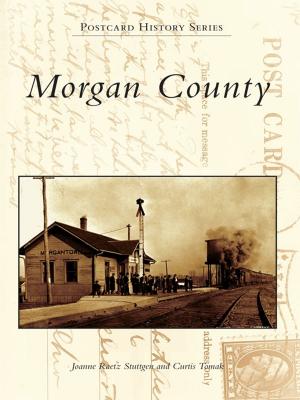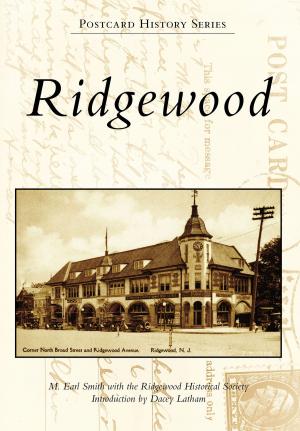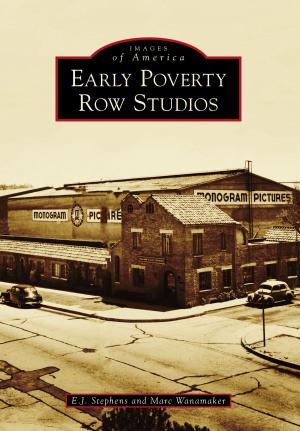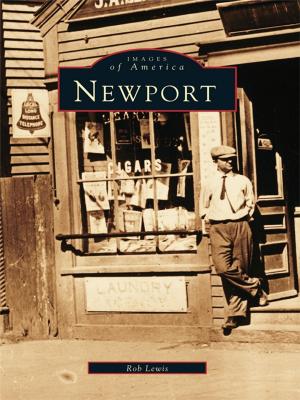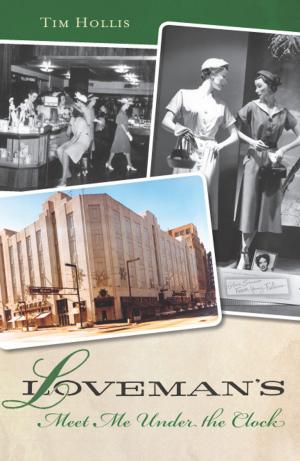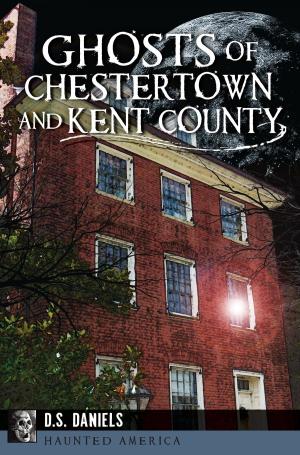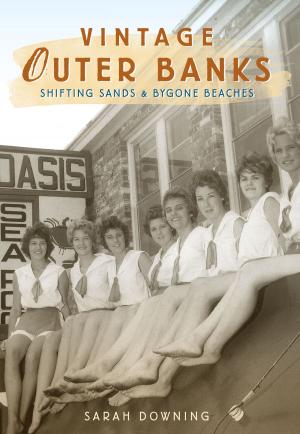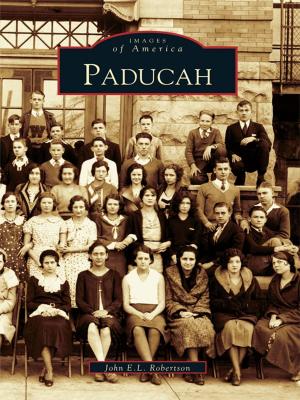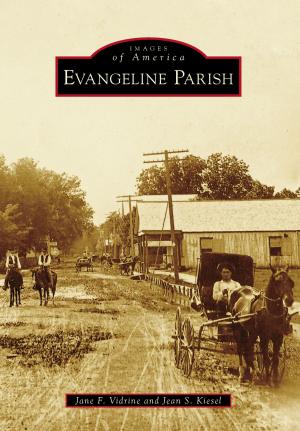| Author: | Trumbull Historical Society | ISBN: | 9781439648247 |
| Publisher: | Arcadia Publishing Inc. | Publication: | November 3, 2014 |
| Imprint: | Arcadia Publishing | Language: | English |
| Author: | Trumbull Historical Society |
| ISBN: | 9781439648247 |
| Publisher: | Arcadia Publishing Inc. |
| Publication: | November 3, 2014 |
| Imprint: | Arcadia Publishing |
| Language: | English |
Incorporated in 1797, Trumbull, Connecticut, developed from a collection of farms and settlements in the area north of Stratford. Trumbull�s neighborhoods reflect the varied identities of these early settlements. The Nichols area features homes dating as far back as the establishment of the Farm Highway, which was laid out in 1696 and remains the third-oldest thoroughfare in the state. In the now-forested Pequonnock Valley, a 19th-century rail bed ambles past the foundations of wool mills, paper mills, and gristmills that served the community through the 1800s. That same rail line carried thousands of fun seekers to the picnic pavilions, toboggan slide, and other attractions of Parlor Rock Amusement Park in the late 1800s. Just to the west of the valley, a small, surviving triangle of the Long Hill Green marks an area that once buzzed with the production of shirts, cigars, and carriages. Today, Trumbull continues to rediscover itself and frequently receives accolades as one of the state�s most desirable communities in which to live and raise a family.
Incorporated in 1797, Trumbull, Connecticut, developed from a collection of farms and settlements in the area north of Stratford. Trumbull�s neighborhoods reflect the varied identities of these early settlements. The Nichols area features homes dating as far back as the establishment of the Farm Highway, which was laid out in 1696 and remains the third-oldest thoroughfare in the state. In the now-forested Pequonnock Valley, a 19th-century rail bed ambles past the foundations of wool mills, paper mills, and gristmills that served the community through the 1800s. That same rail line carried thousands of fun seekers to the picnic pavilions, toboggan slide, and other attractions of Parlor Rock Amusement Park in the late 1800s. Just to the west of the valley, a small, surviving triangle of the Long Hill Green marks an area that once buzzed with the production of shirts, cigars, and carriages. Today, Trumbull continues to rediscover itself and frequently receives accolades as one of the state�s most desirable communities in which to live and raise a family.


